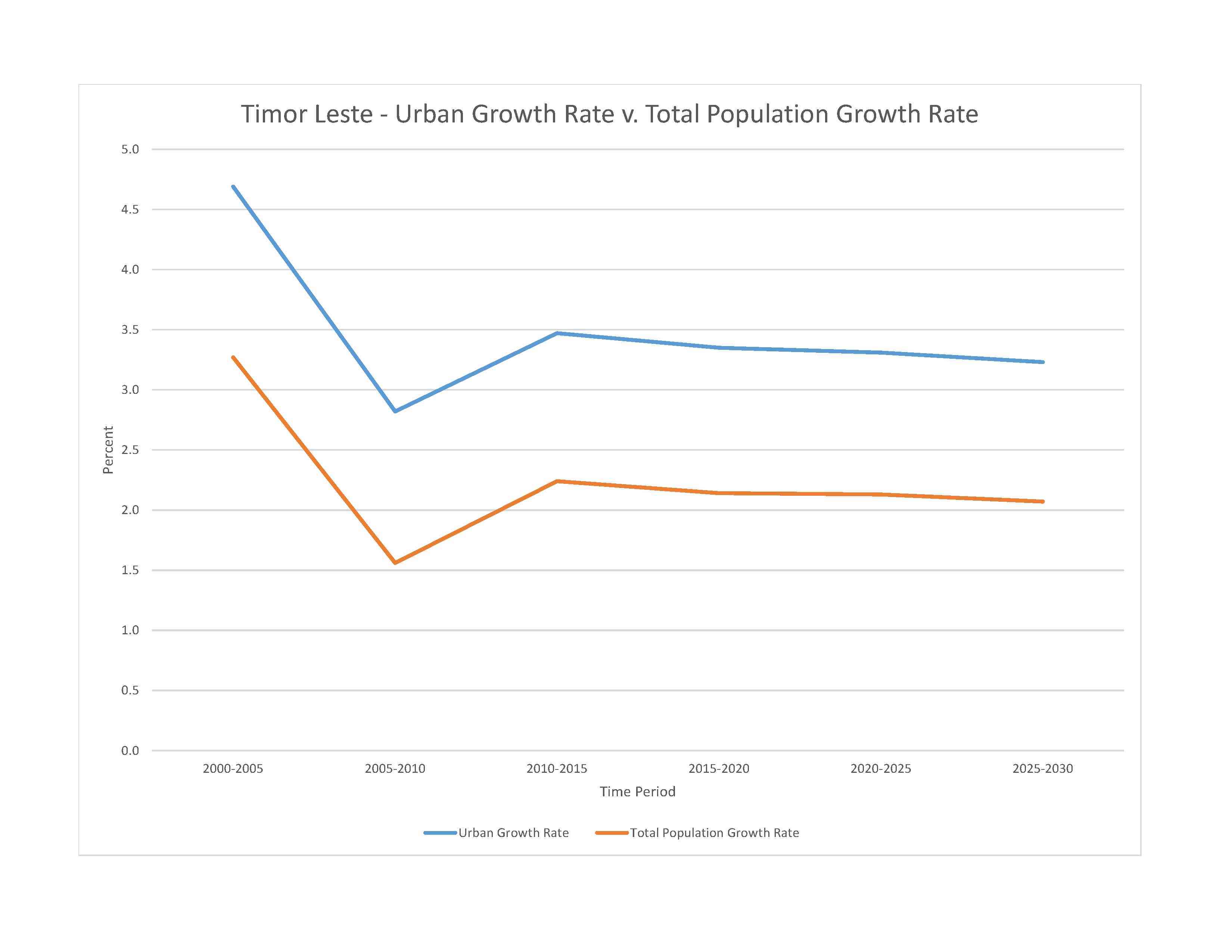
air pollution and deterioration of air quality; greenhouse gas emissions; water quality, scarcity, and access; land and soil degradation; forest depletion; widespread use of slash and burn agriculture has led to deforestation and soil erosion; loss of biodiversity
party to: Biodiversity, Climate Change, Climate Change-Kyoto Protocol, Climate Change-Paris Agreement, Desertification, Law of the Sea, Ozone Layer Protection
signed, but not ratified: Comprehensive Nuclear Test Ban
tropical; hot, humid; distinct rainy and dry seasons
agricultural land: 25.1% (2018 est.)
arable land: 10.1% (2018 est.)
permanent crops: 4.9% (2018 est.)
permanent pasture: 10.1% (2018 est.)
forest: 49.1% (2018 est.)
other: 25.8% (2018 est.)
urban population: 32.5% of total population (2023)
rate of urbanization: 3.31% annual rate of change (2020-25 est.)

0.13% of GDP (2018 est.)
0% of GDP (2018 est.)
particulate matter emissions: 20.47 micrograms per cubic meter (2019 est.)
carbon dioxide emissions: 0.5 megatons (2016 est.)
methane emissions: 4.74 megatons (2020 est.)
municipal solid waste generated annually: 63,875 tons (2016 est.)
municipal: 100 million cubic meters (2020 est.)
industrial: 2 million cubic meters (2017 est.)
agricultural: 1.07 billion cubic meters (2020 est.)
8.22 billion cubic meters (2020 est.)
NOTE: The information regarding Timorleste on this page is re-published from the 2024 World Fact Book of the United States Central Intelligence Agency and other sources. No claims are made regarding the accuracy of Timorleste 2024 information contained here. All suggestions for corrections of any errors about Timorleste 2024 should be addressed to the CIA or the source cited on each page.
This page was last modified 04 May 24, Copyright © 2024 ITA all rights reserved.